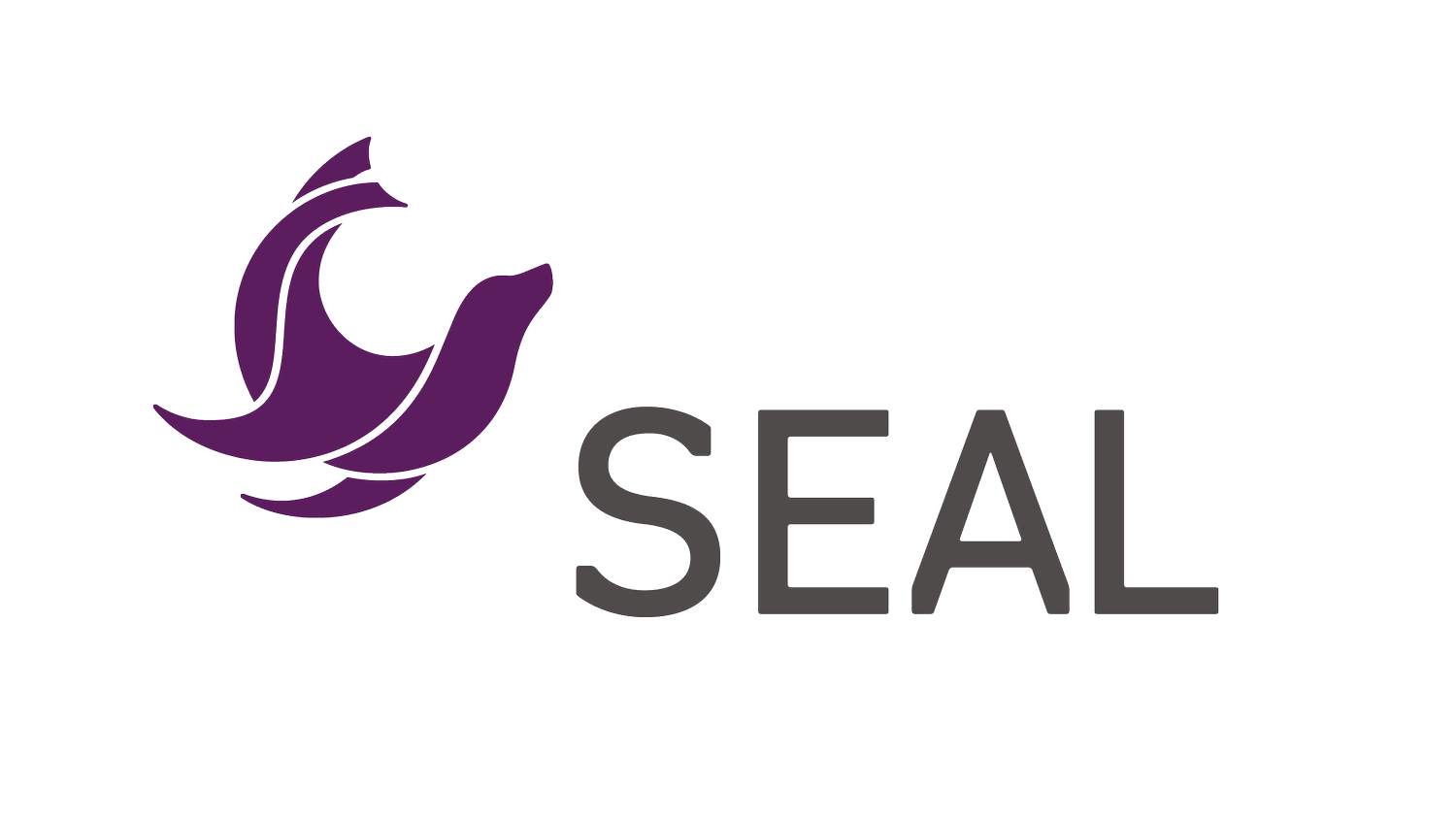Seal Storage FAQ
Q: Why did Seal choose Filecoin as the underlying network for its product?
A: Seal is part of the larger Filecoin network, which means the data we store is globally distributed and does NOT have a single point of failure. This global distribution also allows for the data stored to be continually verified.
Q: How does it work?
A: Filecoin places value in the data set itself and its continual storage on the network. Seal created a user-friendly onramp to the Filecoin network to make it easy for all types of organizations to reap the benefits of Web3 cloud storage.
Q: What do you mean by “sustainable” data storage? How is Seal sustainable?
A: Data is stored in centers powered by renewable energy. Seal is also working on a public dashboard through Proof that will hold us accountable to our ESG standards and we hope it inspires other providers to take on similar initiatives.
Q: Who are Seal’s customers and partners?
A: Leading universities, research institutes, enterprises, and Web3 organizations - most entities with a data set can use Seal. Our recent partners include the ATLAS Experiment at CERN, UC Berkeley, the University of Utah, and Casper Network.
Q: What are the benefits to making storage decentralized versus the traditional centralized models?
A: Decentralization has benefits such as portability, interoperability, and enhanced security - which are not possible in a centralized model. We pride ourselves on three core concepts made possible by decentralization: immutability, verifiability, and chain of custody.
Q: What sets Seal apart from other Web3 projects and other providers in the space?
A: We are a leading Web3 cloud storage provider in North America, which makes us one of the leaders in Web3 adoption. We’re one of the first providers of enterprise and institutional solutions for NFTs and archival data storage.
Q: How large is your team? Who makes up Seal?
A: We have a world-class team of nearly twenty experts coming from companies such as Oracle, Seagate, and Cisco.
